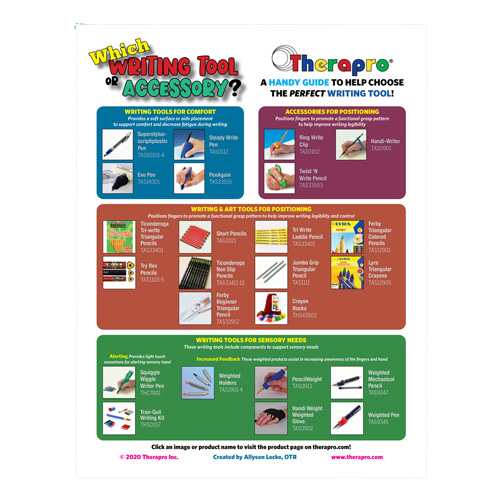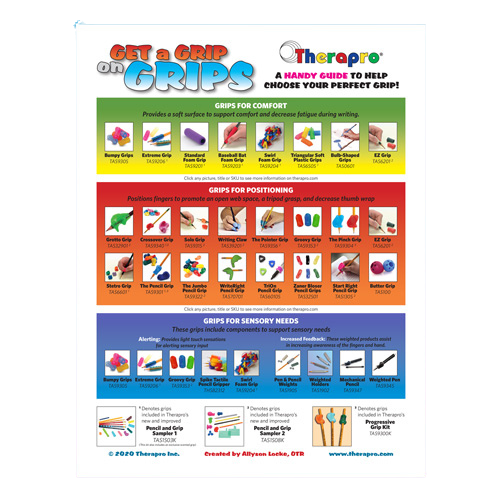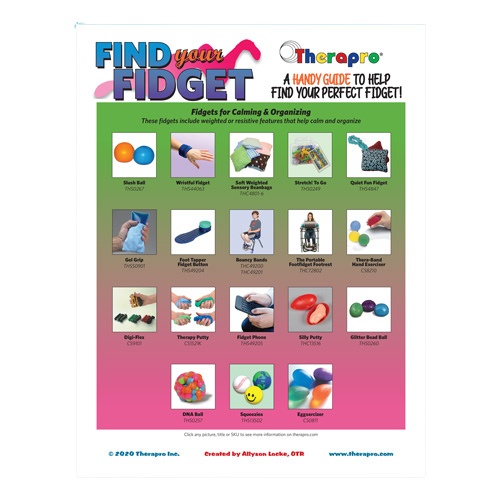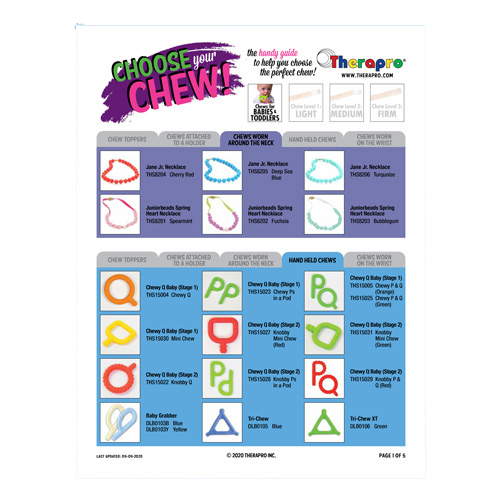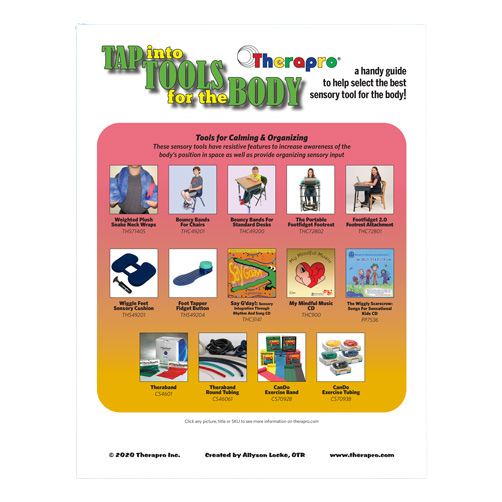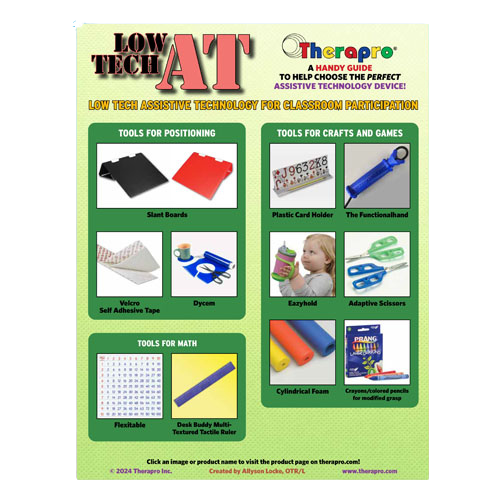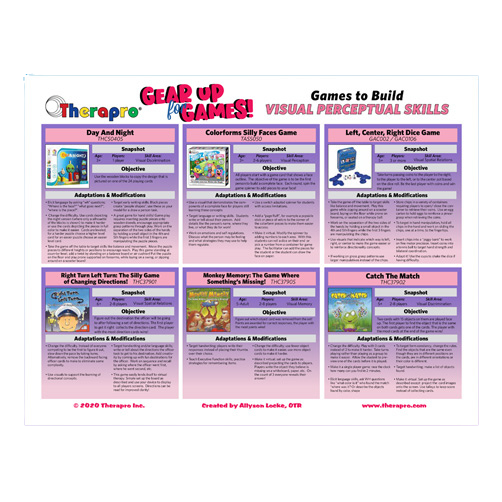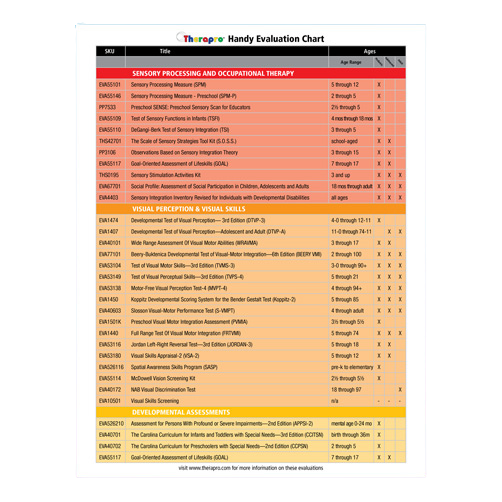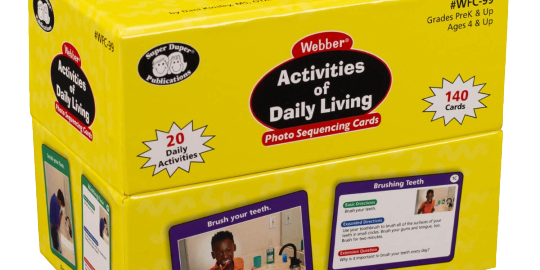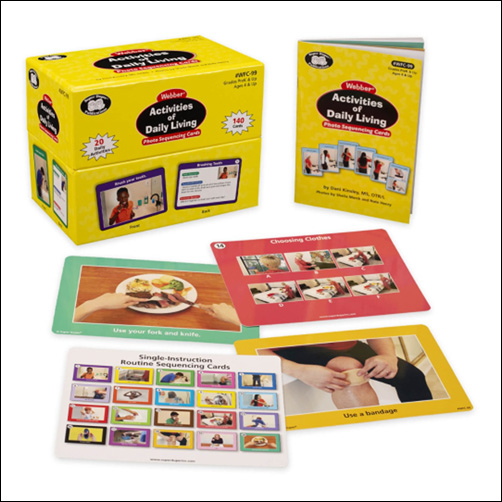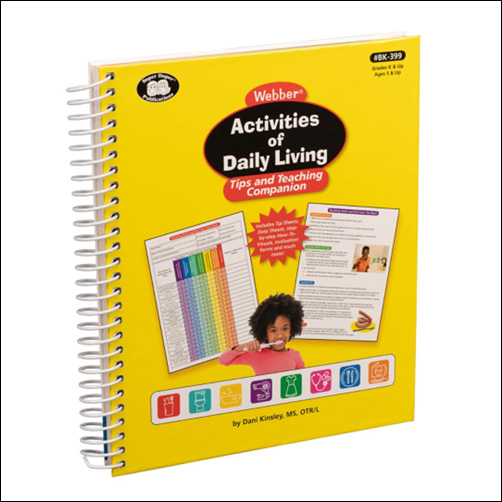May is National Speech-Language-Hearing Month, a special month dedicated to raising awareness about speech, language, and hearing disorders. National Speech-Language-Hearing Month is an opportunity to recognize the challenges faced by individuals with communication difficulties and to honor the devoted professionals who support them on their journey to improved communication skills. The purpose of this month-long observance is to raise awareness, promote understanding, and encourage intervention for those who have communication challenges.
Specialists who make a difference in the lives of individuals with communication challenges include Speech-language pathologists (SLPs) and Audiologists. SLPs identify, assess, and treat speech, language, and swallowing disorders. Audiologists prevent and assess hearing and balance disorders, and provide audiologic treatment, including hearing aids. Their expertise, compassion, and commitment contribute to improved communication outcomes and enhanced quality of life for their clients of all ages.
At Therapro, we truly value our colleagues in the fields of speech, language, feeding/swallowing, and hearing. The Therapro website is full of resources dedicated to these areas!
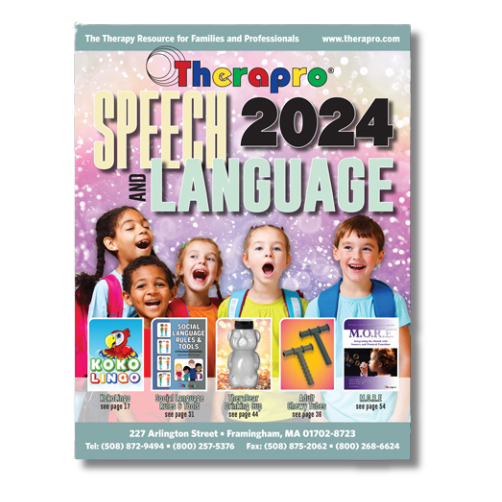
Therapro has an entire catalog dedicated to Speech and Language targeted areas including assessments, articulation and phonology, functional language and literacy, social-emotional language, and more. This catalog is free, and available at therarpro.com!
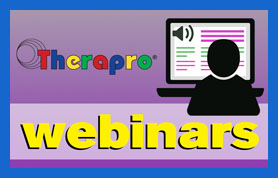
Therapro is also the go-to resource for therapy professionals. We have a library of FREE relevant webinars such as; Elevating Articulation Therapy: Using Kokolingo for Effective Speech Therapy Sessions, Reframing Our Thinking as SLPs: The Language-Literacy-Dyslexia Connection, and A + B + C: AAC, Behaviors & Childhood Apraxia of Speech.
Therapro is also a proud supporter of our fellow therapists who are writers and creators. Our most recent publication is Social Language Rules & Tools: A Preschool Curriculum, authored by Deborah Fortin, MSPA, CCC-Speech. We proudly feature the Sensory Spoon, designed by two Therapro occupational therapists and Mary Schiavoni, MS, CCC-SLP, creator and owner of Chewy Tubes. Another resource for feeding therapy is the publication Pediatric Feeding Disorders: Evaluation and Treatment. This comprehensive anthology is edited by Kelly VanDahm, MS, CCC-SLP, and holds chapter contributions from a roster of esteemed clinicians.

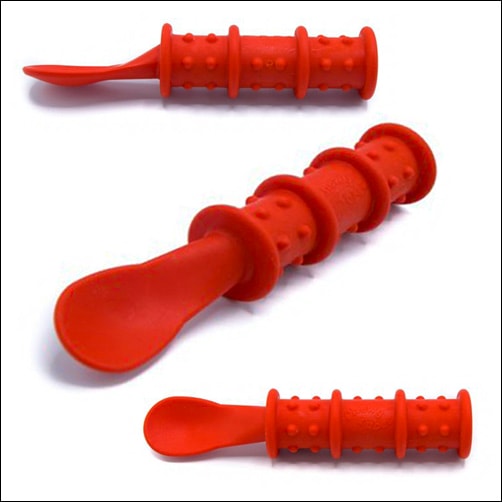
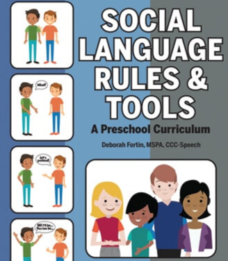
Numerous resources are available for those seeking assistance with speech, language, or hearing issues. Online support groups, educational materials, and information about local clinics and specialists can help individuals and families navigate the journey toward improved communication. National Speech-Language-Hearing Month serves as a reminder of the importance of seeking early intervention and accessing the support needed to overcome communication challenges.
As we celebrate National Speech-Language-Hearing Month in May, Therapro honors the dedicated professionals and advocates in the field, extends our gratitude, and applauds their wholehearted efforts in improving the lives of those with communication challenges.
Guest Blogger:
Filomena Connor, MSOT – Retired

